Home>Ideas and Tips>Preventing Bed Bug Infestations: Early Detection Strategies
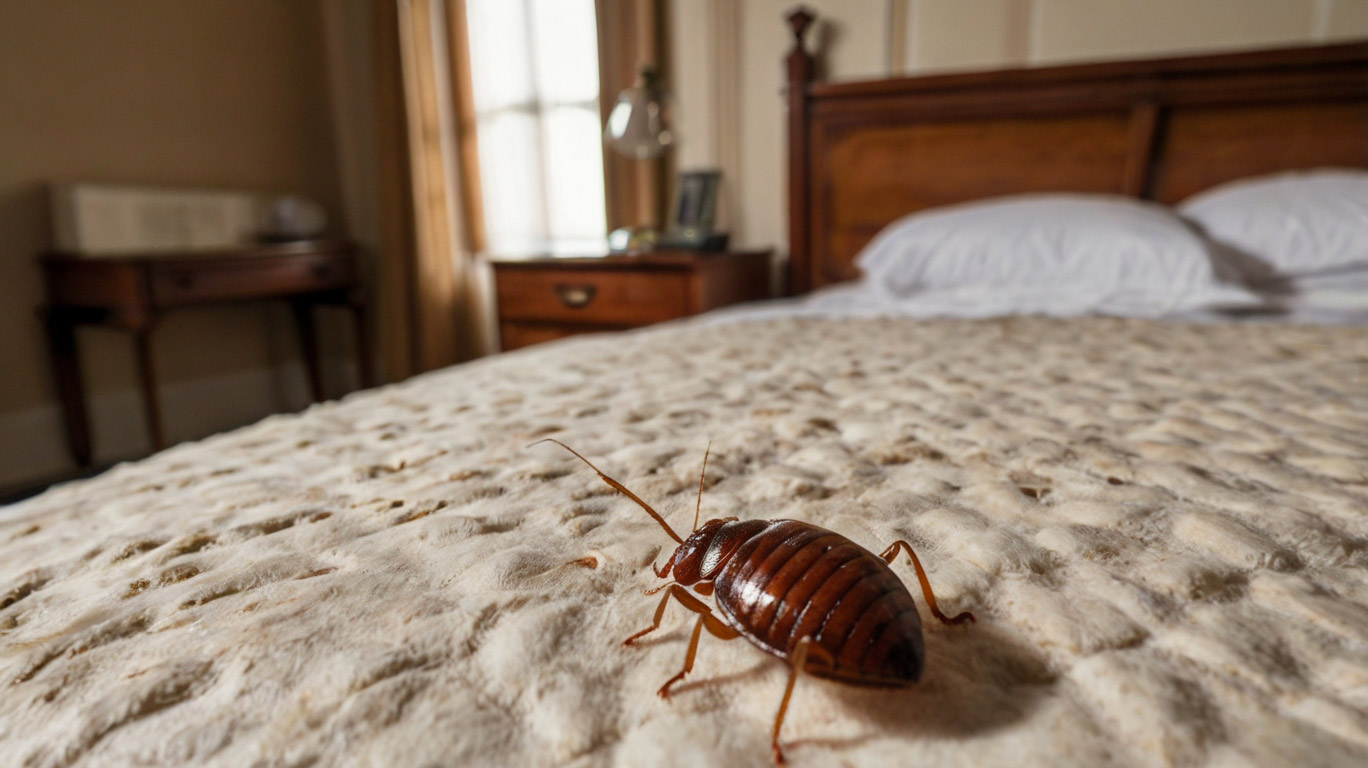

Ideas and Tips
Preventing Bed Bug Infestations: Early Detection Strategies
Modified: November 1, 2024
Learn effective early detection strategies to prevent bed bug infestations, reduce treatment costs, and protect your home and health.
(Many of the links in this article redirect to a specific reviewed product. Your purchase of these products through affiliate links helps to generate commission for Storables.com, at no extra cost. Learn more)
Bed bugs have become a significant pest problem in homes and public places, causing discomfort and financial burdens. These tiny insects are notorious for their ability to hide in the smallest crevices and hitchhike into homes through luggage, clothing, and used furniture. Early detection is crucial in preventing bed bug infestations from escalating into severe problems. In this article, we will explore the importance of early detection and provide detailed strategies for identifying and managing bed bug infestations.
The Importance of Early Detection
Bed bugs are notoriously difficult to detect due to their cryptic behavior and ability to hide in tiny crevices. They are most active at night, feeding on human blood, and then retreating to their hiding places during the day. This nocturnal behavior makes it challenging to spot them without additional aid, especially in the early stages of infestation. Early detection is essential for several reasons:
-
Reducing Treatment Costs: Detecting bed bugs early can significantly reduce the cost of treatment. Smaller infestations can be managed with targeted treatments, whereas larger infestations may require more comprehensive and expensive interventions.
-
Minimizing Health Risks: While bed bugs do not transmit diseases, their bites can cause severe itching and allergic reactions in some individuals. Scratching these bites can lead to secondary infections. By reducing the population of bed bugs early, the chances of experiencing these health issues are significantly lowered.
-
Preventing Spread: Bed bugs are highly mobile and can quickly spread from one room to another or even to neighboring units in multi-family dwellings. Early detection and intervention can help contain the infestation, preventing it from becoming a more significant problem that affects more people.
Read more: How To Prevent Bed Bugs
Strategies for Early Detection
-
Visual Inspection
- Signs of Infestation: The first step in detecting bed bugs is through visual inspection. Look for small, red bites on your skin, dark fecal spots on bedding, shed skins, and live bugs hiding in crevices and seams. Additionally, be aware of any musty odors, which can also indicate a bed bug infestation.
- Tools for Inspection: Professionals often employ tools like magnifying glasses and flashlights to enhance their search. More advanced tools, such as bed bug-sniffing dogs, can pinpoint infestations with remarkable accuracy.
-
Use of Detection Tools
- Passive Monitors: Passive monitors mimic natural harborages and are discreetly placed behind beds or sofas, beside furniture, or under furniture legs. These devices use an adhesive or lubricant to trap bed bugs, making it easier to detect an infestation early on.
- Active Monitors: Active monitors attract bed bugs through heat, carbon dioxide, or chemical lures. They are particularly useful in environments where bed bugs are suspected but not yet confirmed.
-
Regular Checks
- Homeowners should regularly inspect their sleeping areas, particularly after traveling or receiving guests. Conducting regular checks can help identify signs of bed bugs before they become severe.
-
Reporting Findings Promptly
- Any signs of bed bugs should be reported to a professional immediately. Early detection can significantly reduce the complexity and cost of treatment.
-
Maintaining a Clutter-Free Environment
- Reducing clutter limits bed bug hiding places and makes inspection and monitoring more effective. Keeping your home organized can significantly reduce the risk of infestation.
Advanced Detection Technologies
-
Infrared Cameras
- Infrared cameras can detect heat signatures from bed bugs hiding in inaccessible areas. This technology is particularly useful in detecting low-level infestations where visual inspection may be challenging.
-
Pheromone Traps
- Researchers are exploring the use of pheromone traps to enhance early detection. These traps use chemical signals that mimic those emitted by bed bugs, attracting them to a trap where they can be detected.
-
Volatile Organic Compounds (VOCs)
- VOCs are considered an environmentally friendly alternative for bed bug detection. These compounds are emitted by bed bugs during diverse activities like aggregation, mating, and defense. Analyzing VOCs using gas chromatography-based analytical platforms can provide a reliable method for detecting low-level infestations without the need for repeated inspections or household furniture moving.
Effective Prevention Strategies
-
Avoiding Second-Hand Furniture
- Second-hand furniture, particularly beds and sofas, can be a primary source of bed bug infestations. Avoiding these items or thoroughly inspecting and treating them before bringing them into the home can significantly reduce the risk of infestation.
-
Using Mattress Encasements
- Using mattress and box spring encasements can trap bed bugs inside, preventing them from feeding and eventually leading to their death. Encasements also make it easier to spot bed bugs as they eliminate the deep crevices in mattresses where bed bugs often hide.
-
Regular Cleaning
- Regular cleaning plays a crucial role in cultural control. Vacuuming regularly can remove bed bugs and their eggs from floors, carpets, and furniture. Washing bedding and clothing at high temperatures and using a dryer can kill bed bugs hidden in fabrics.
-
Sealing Cracks and Crevices
- Making small structural modifications can also deter bed bugs. Sealing cracks and crevices in walls, floors, and furniture deprives bed bugs of hiding places. Using light-colored bedding makes it easier to spot bed bugs and their tell-tale signs like fecal spots or shed skins.
Integrated Pest Management (IPM)
IPM is a comprehensive approach to managing pests that combines physical, cultural, biological, and chemical controls. For bed bug management, IPM involves:
-
Inspection and Monitoring: These are not just preliminary steps but ongoing processes that form the backbone of effective bed bug management. Regular inspections help identify signs of infestation early on, while monitoring ensures that treatment strategies are effective.
-
Nonchemical Methods: Nonchemical methods are encouraged as important components of a bed bug IPM program to reduce risks associated with chemical methods and combat insecticide resistance. Recommended nonchemical methods include general improvements in housekeeping and clutter management; physical removal of bed bugs using vacuums; direct killing of bed bugs using heat, steam, washing and drying clothing and bedding (or freezing); or exclusion of bed bugs using mattress encasements and other barriers.
-
Combination of Methods: The simultaneous use of multiple methods can enhance the effectiveness of bed bug control. For example, combining passive interceptors with heat treatment can significantly reduce the number of insecticide applications needed in lightly infested areas.
Read more: 8 Tips to Prevent or Control Bed Bugs
Professional Assistance
While DIY methods can be effective, professional bed bug detection services provide a higher level of accuracy and reliability. Professionals equipped with advanced detection techniques can identify even the smallest signs of bed bug activity. They offer comprehensive treatment plans that may include:
-
Heat Treatment: Exposing bed bugs to lethal temperatures using specialized equipment can effectively eliminate infestations.
-
Insecticides: Targeted use of insecticides can be part of a treatment plan, especially in severe infestations. However, nonchemical methods are always encouraged to reduce risks associated with chemical methods and combat insecticide resistance.
-
Vacuuming and Washing: Regular vacuuming and washing bedding and clothing at high temperatures can help remove bed bugs and their eggs from the environment.
Conclusion
Preventing bed bug infestations requires a multi-faceted approach that includes early detection strategies, effective prevention methods, and professional assistance when needed. By understanding the behavior and hiding places of bed bugs, homeowners can take proactive steps to reduce the risk of infestation. Regular inspections, the use of detection tools, maintaining a clutter-free environment, and avoiding second-hand furniture are all crucial steps in preventing bed bug infestations. Early detection is key to effective bed bug control, reducing treatment costs, minimizing health risks, and preventing the spread of infestations. By staying vigilant and knowing the signs of an infestation, you can take prompt action to protect your home and health.
Was this page helpful?
At Storables.com, we guarantee accurate and reliable information. Our content, validated by Expert Board Contributors, is crafted following stringent Editorial Policies. We're committed to providing you with well-researched, expert-backed insights for all your informational needs.
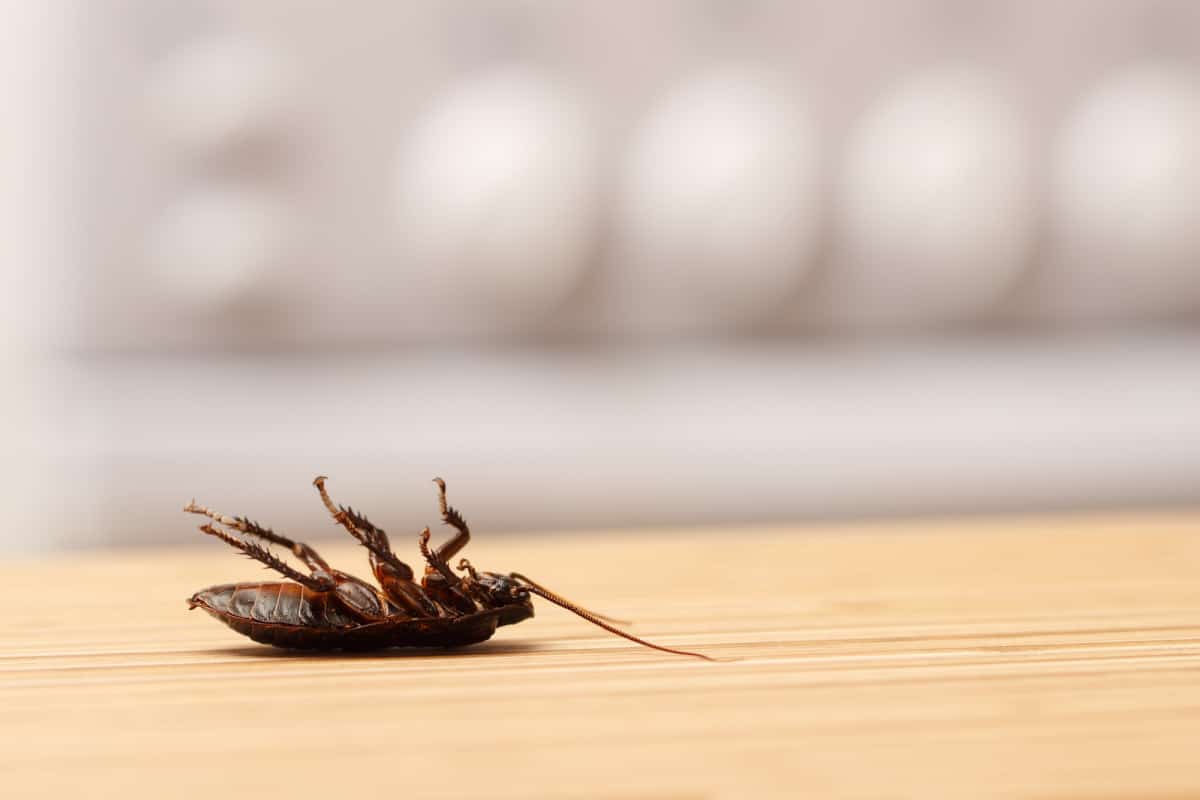
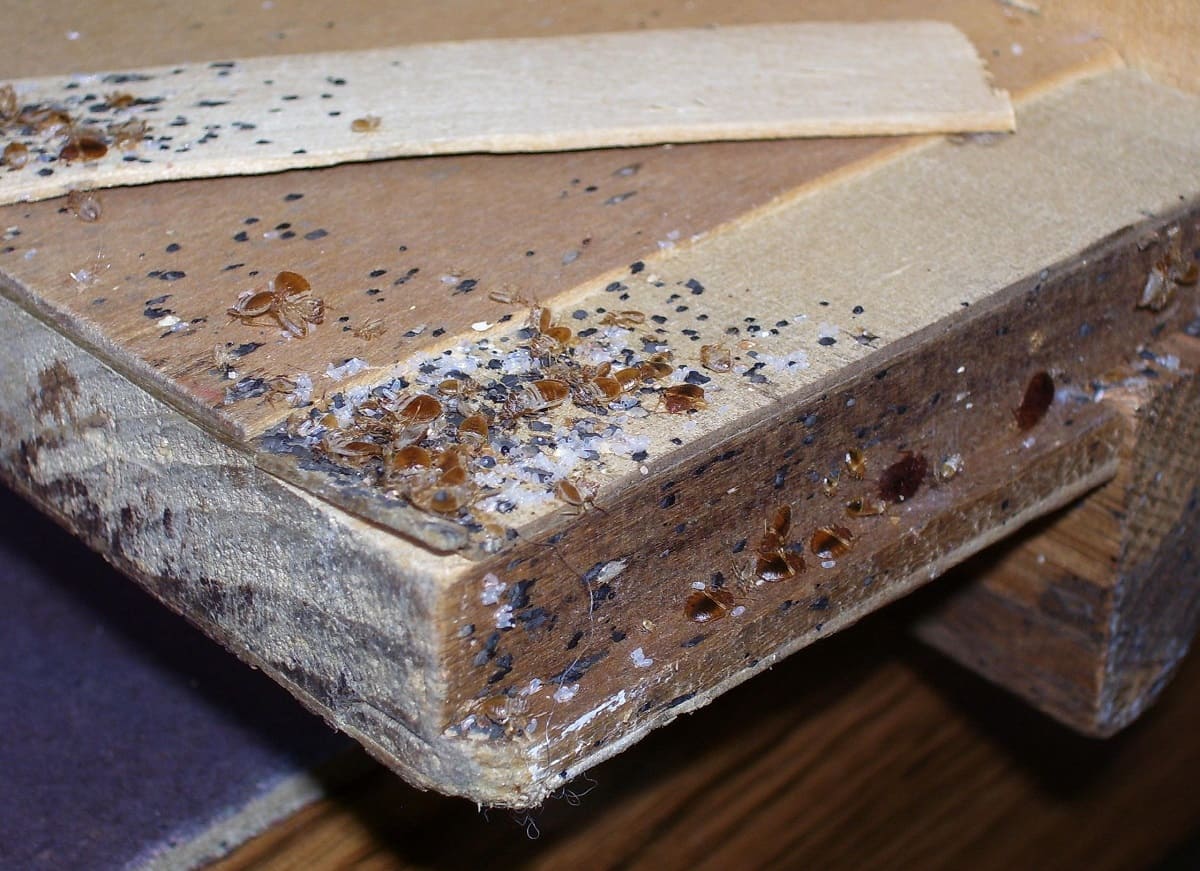

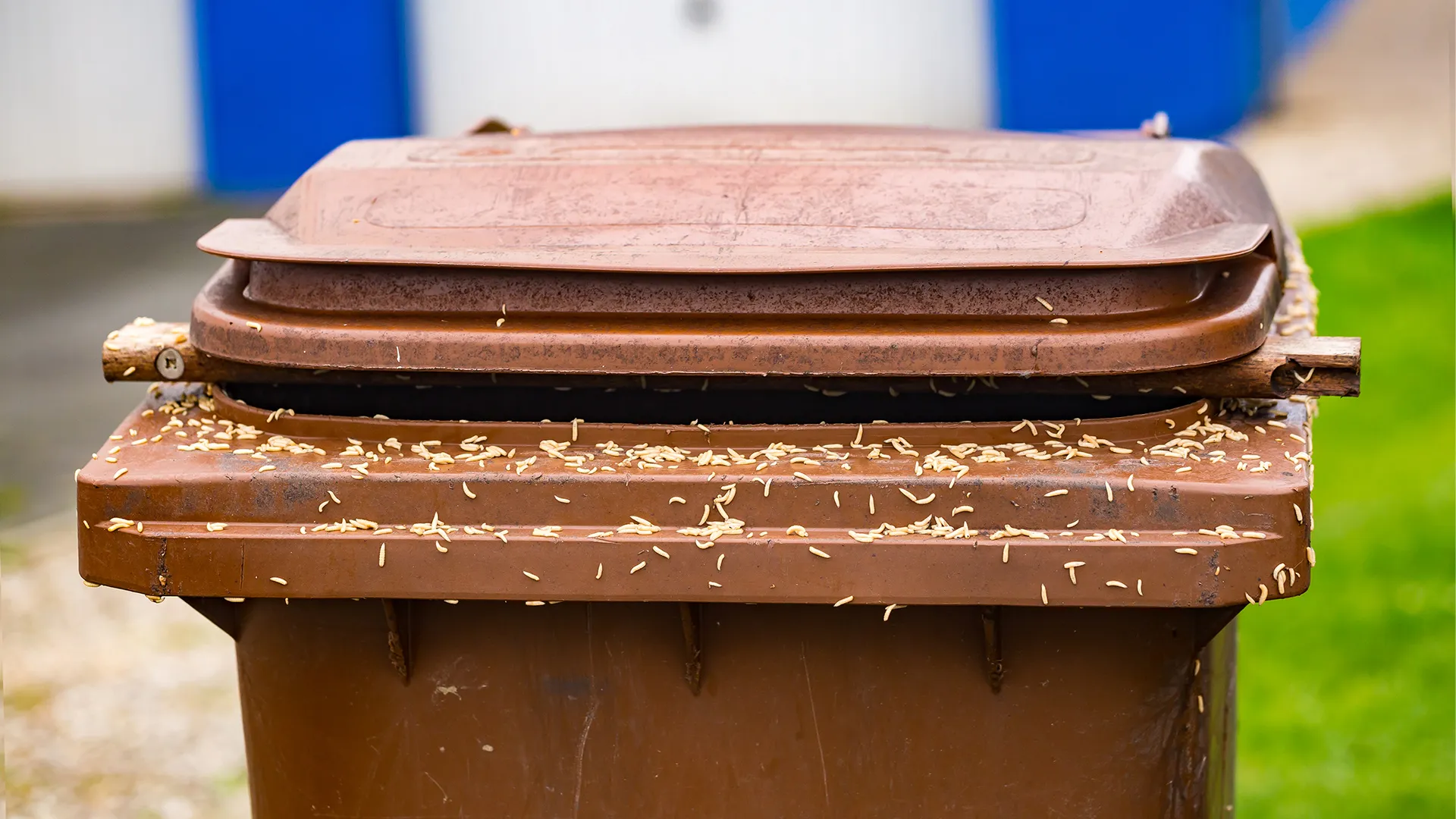


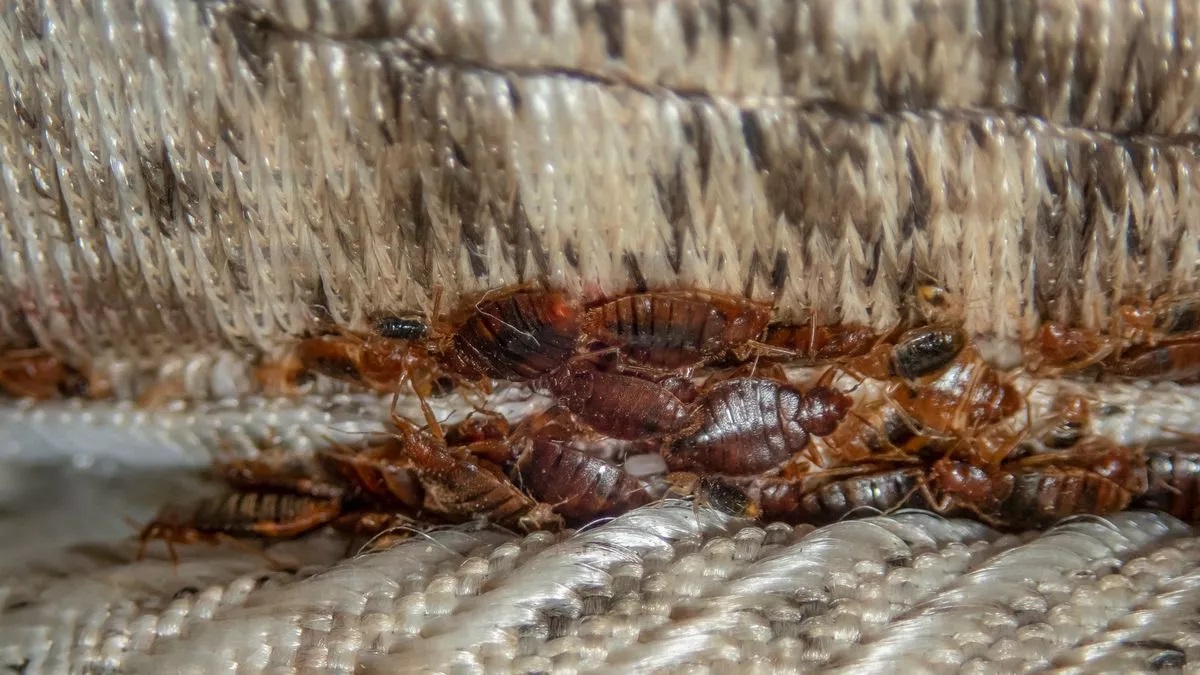
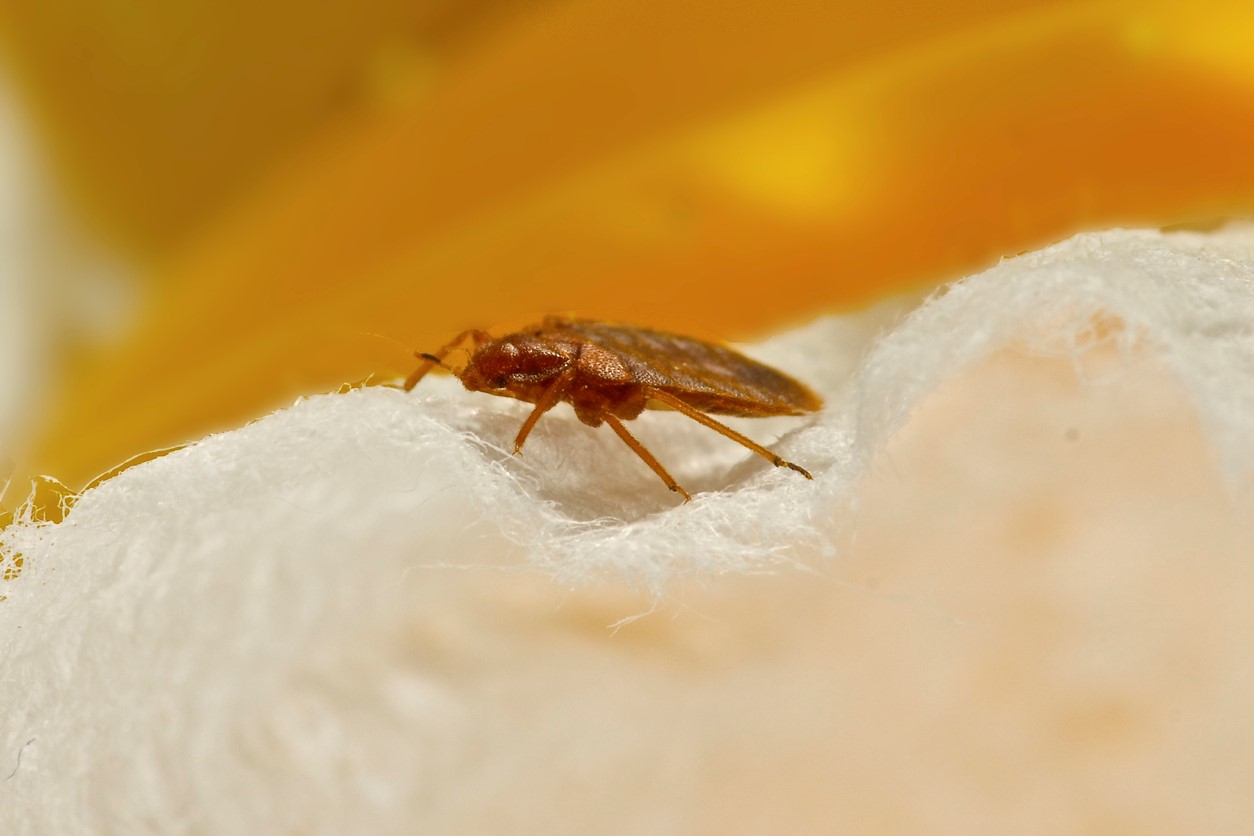
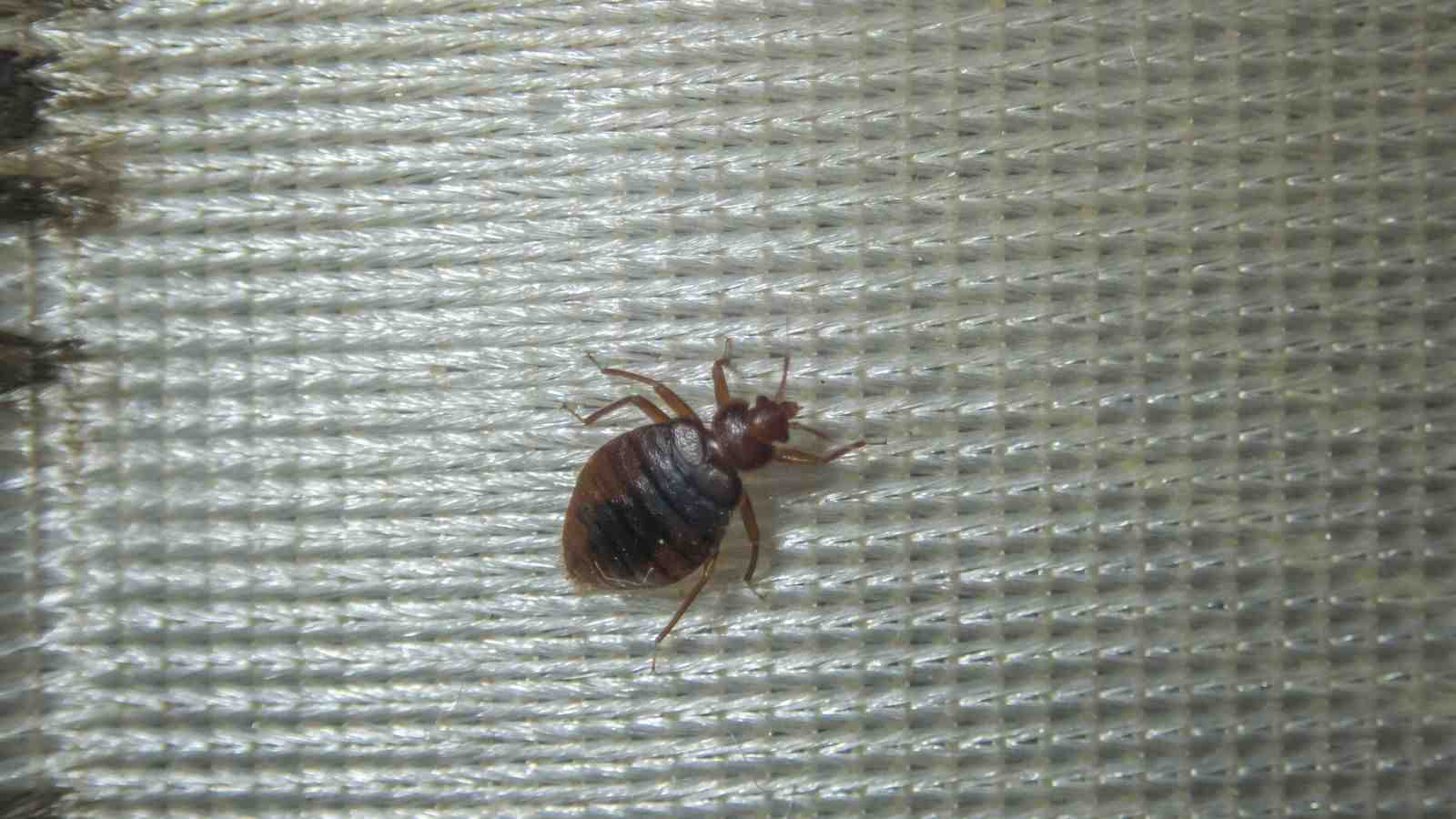
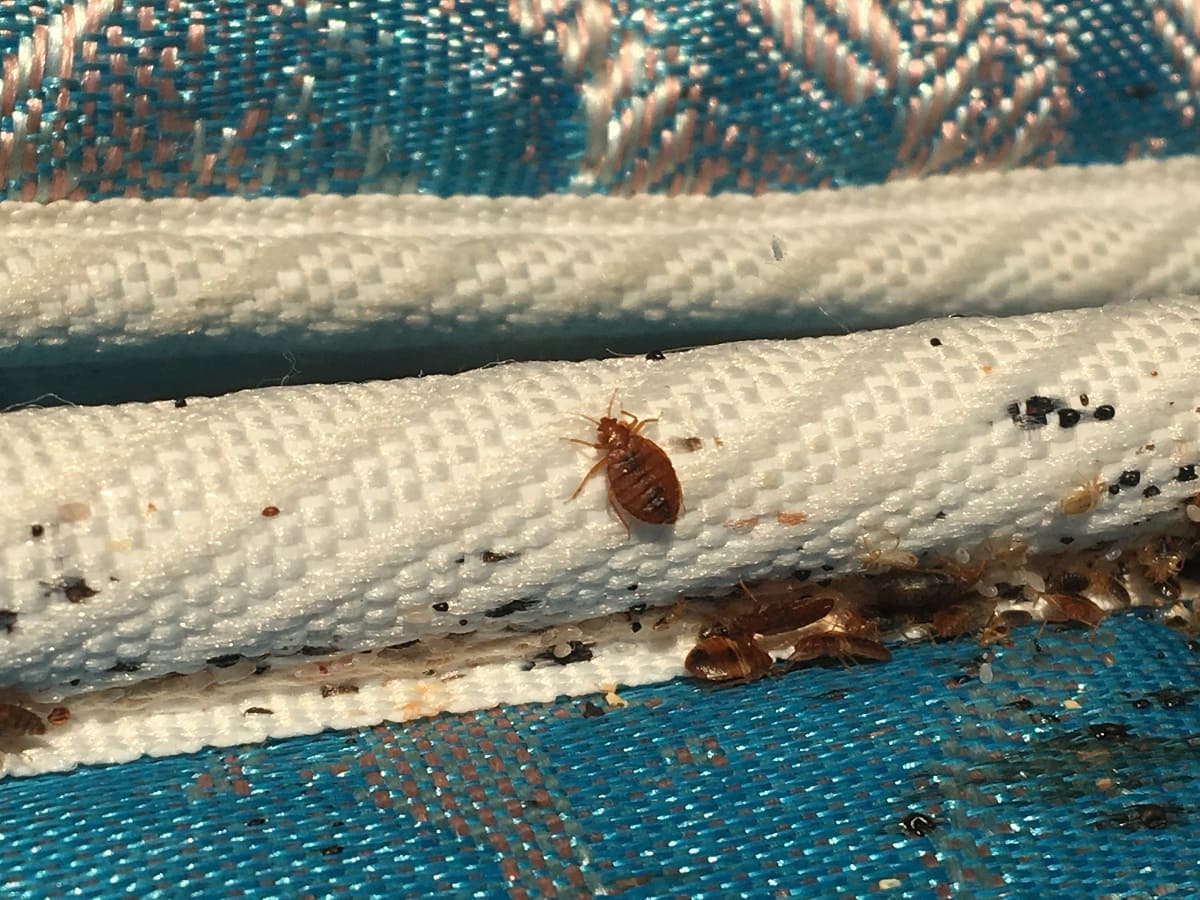
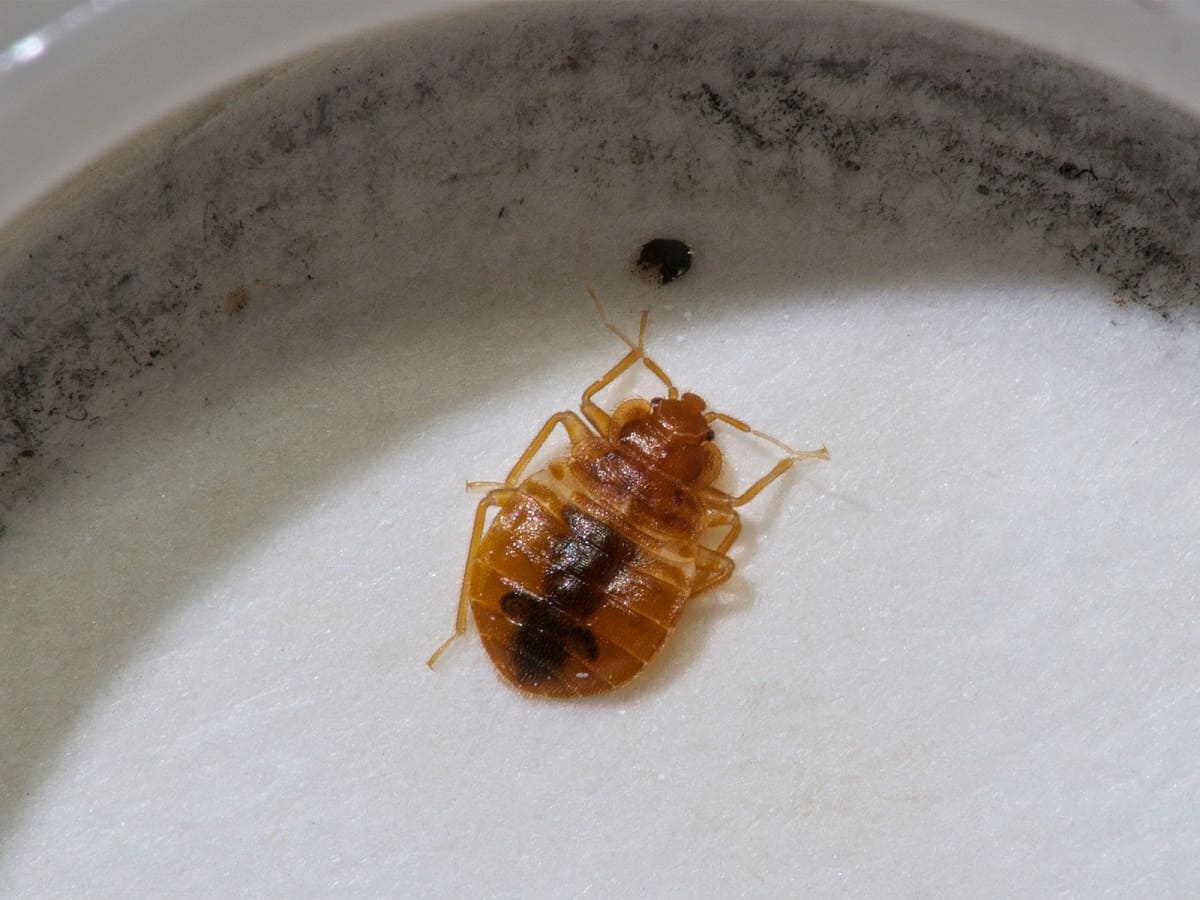
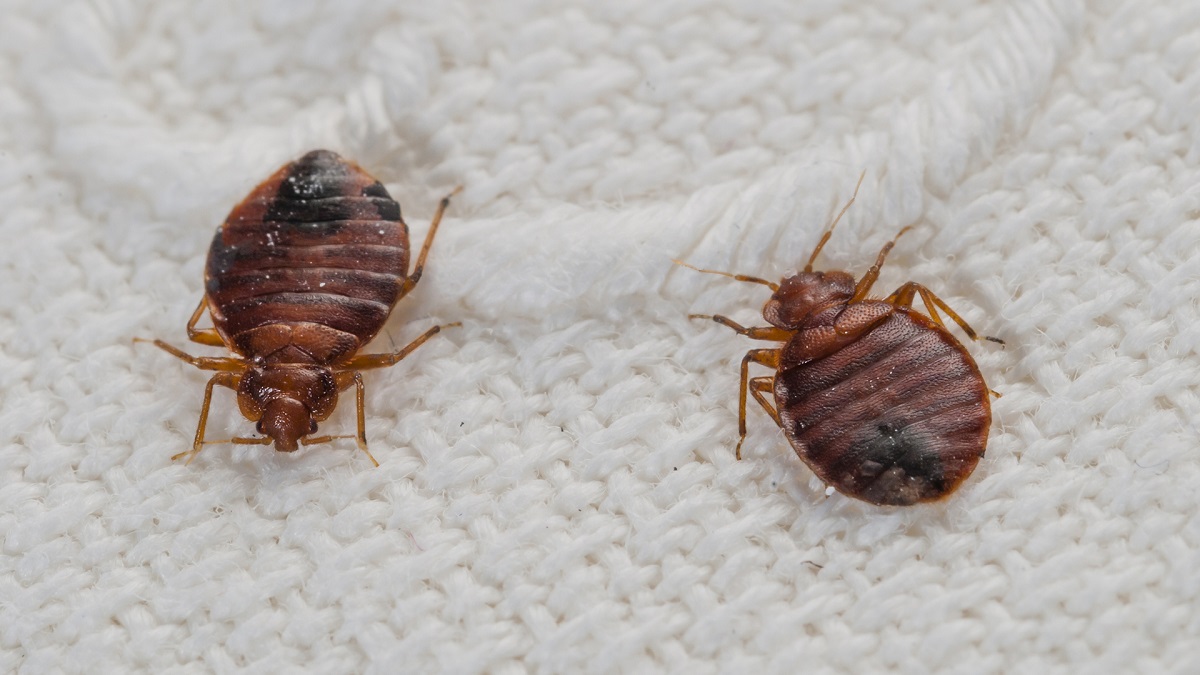

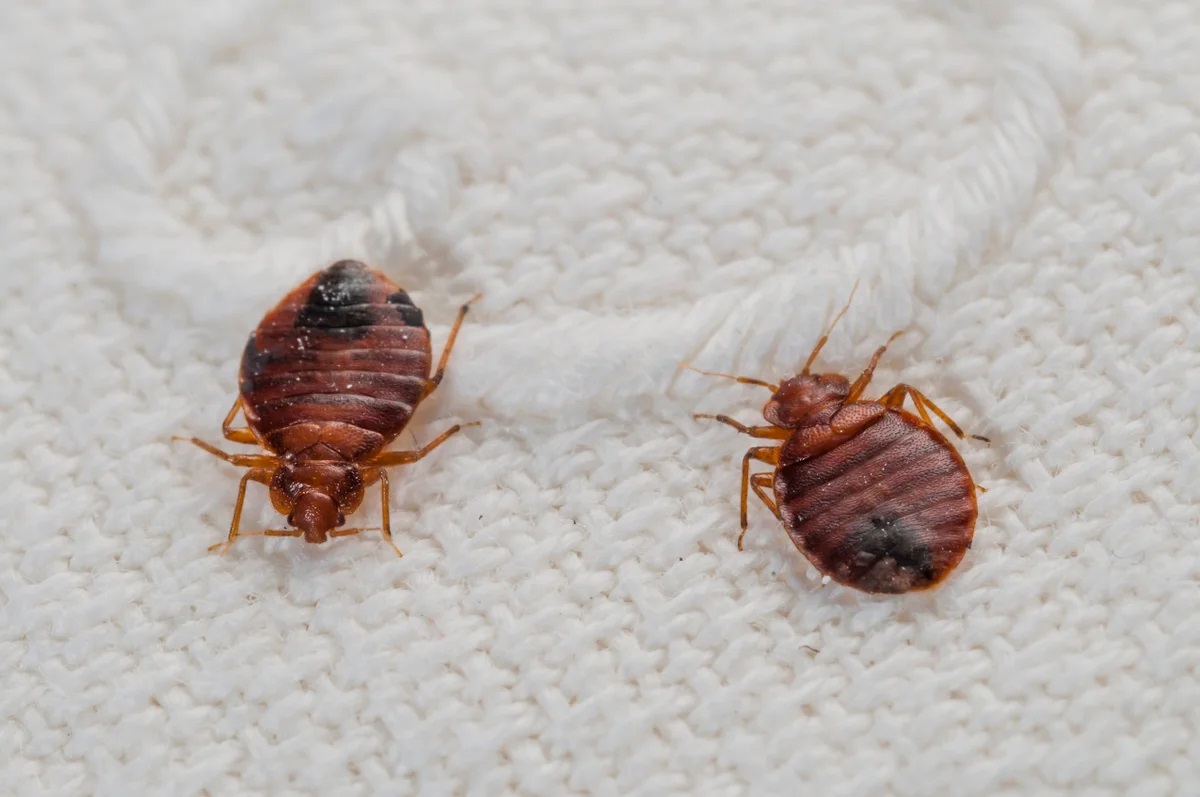

0 thoughts on “Preventing Bed Bug Infestations: Early Detection Strategies”